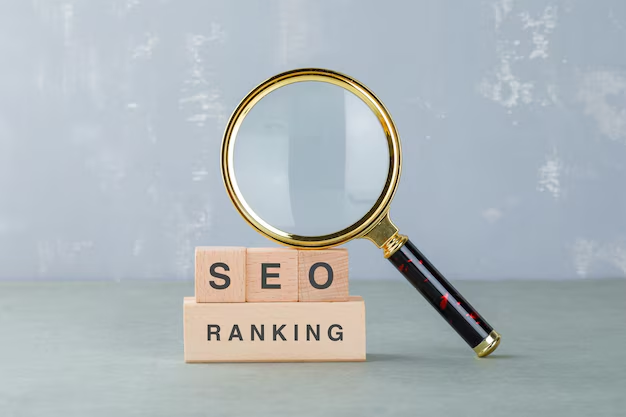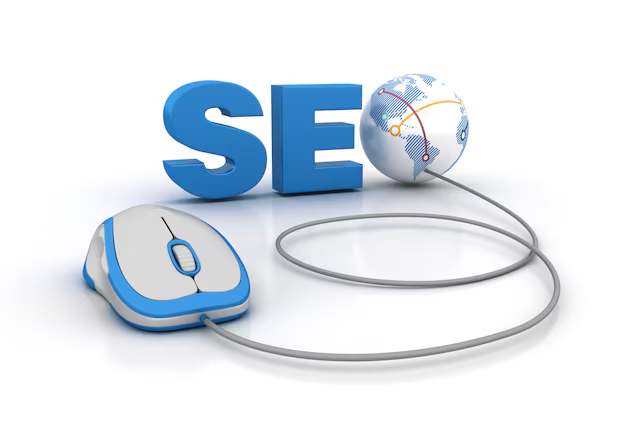On-Page SEO
What is On-Page SEO?
On-page SEO refers to the practice of optimizing individual web pages to improve search engine rankings and attract relevant traffic. Unlike off-page SEO, which focuses on external factors like backlinks, on-page SEO deals with elements within a website, such as content, HTML tags, and internal linking. A well-optimized page helps search engines understand the content better, increasing its chances of ranking higher in search results. Effective on-page SEO also enhances user experience, which leads to higher engagement and conversion rates.


Key Elements of On-Page SEO
Several crucial factors contribute to effective on-page SEO. Optimizing these elements ensures that your website is search-engine friendly and provides a seamless experience for visitors.
Title Tags and Meta Descriptions
The title tag should include primary keywords and be within 60 characters for better visibility.
A compelling meta description (150–160 characters) should summarize the page’s content and encourage clicks.
High-Quality Content
- Content should be original, informative, and relevant to user intent.
- Use structured headings (H1, H2, H3) to improve readability.
- Ensure keyword placement is natural, avoiding overuse (keyword stuffing).
URL Structure
- Keep URLs short, descriptive, and keyword-rich.
- Use hyphens instead of underscores to separate words.
Internal and External Linking
- Link to relevant internal pages to improve navigation and SEO.
- Use authoritative external links to provide credibility and additional resources.
Image Optimization
- Compress images to improve page speed.
- Use descriptive filenames and alt text to enhance accessibility and SEO.
Best Practices for On-Page SEO Optimization
To achieve the best results, follow these on-page SEO best practices:
Optimize for Keywords Strategically
Conduct keyword research to identify relevant search terms.
Use primary keywords in the title, headings, first paragraph, and throughout the content naturally.
Implement LSI (Latent Semantic Indexing) keywords to improve context relevance.
Improve User Experience (UX)
Ensure mobile-friendliness by using a responsive design.
Improve page load speed by optimizing images, minifying CSS/JavaScript, and using caching.
Use clear and engaging formatting, such as bullet points and short paragraphs, to enhance readability.
Enhance Technical SEO Aspects
- Implement schema markup to provide rich snippets in search results.
- Use canonical tags to prevent duplicate content issues.
- Ensure secure browsing with HTTPS to improve trustworthiness and rankings.
Conclusion
On-page SEO plays a crucial role in ensuring that a website ranks well in search engines and provides an excellent user experience. By optimizing content, improving site structure, and enhancing technical aspects, businesses can significantly improve their online visibility. Regular monitoring and updates are essential to keeping up with search engine algorithm changes and maintaining strong rankings. A well-executed on-page SEO strategy leads to higher organic traffic, better engagement, and improved conversion rates.
